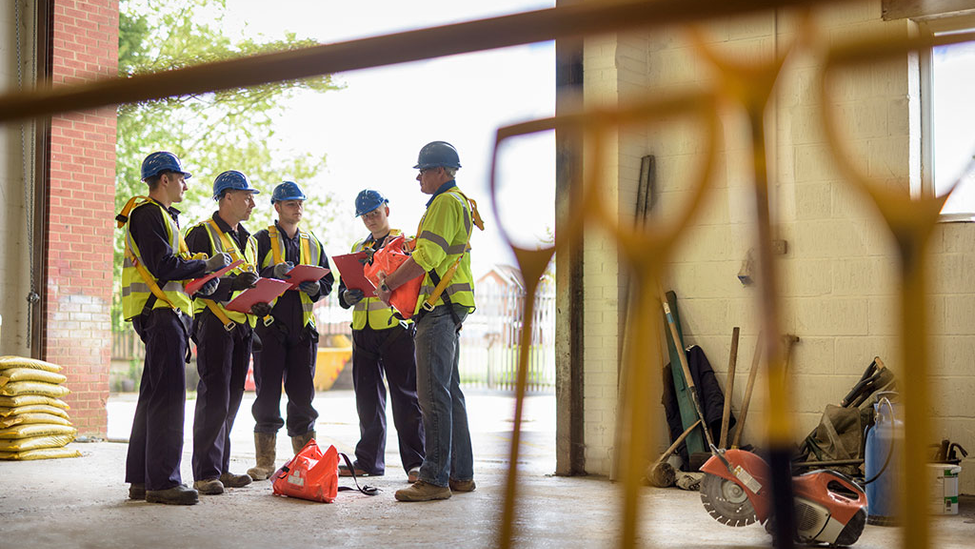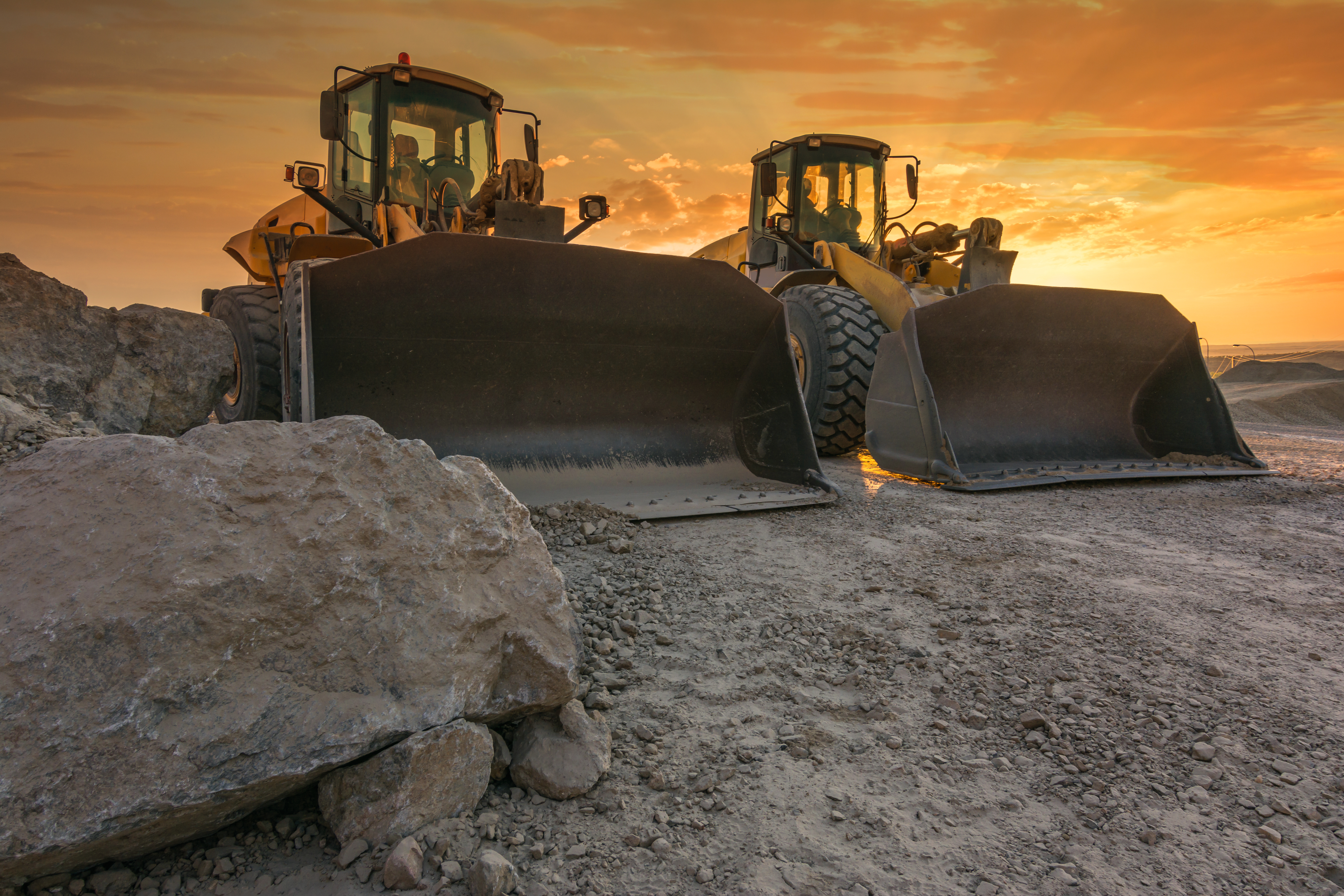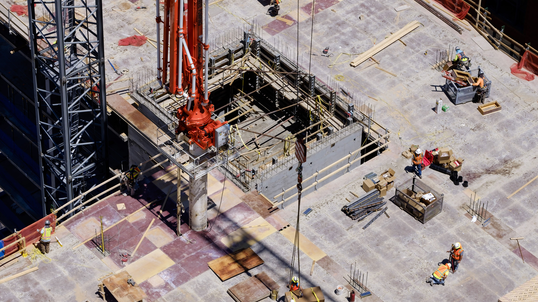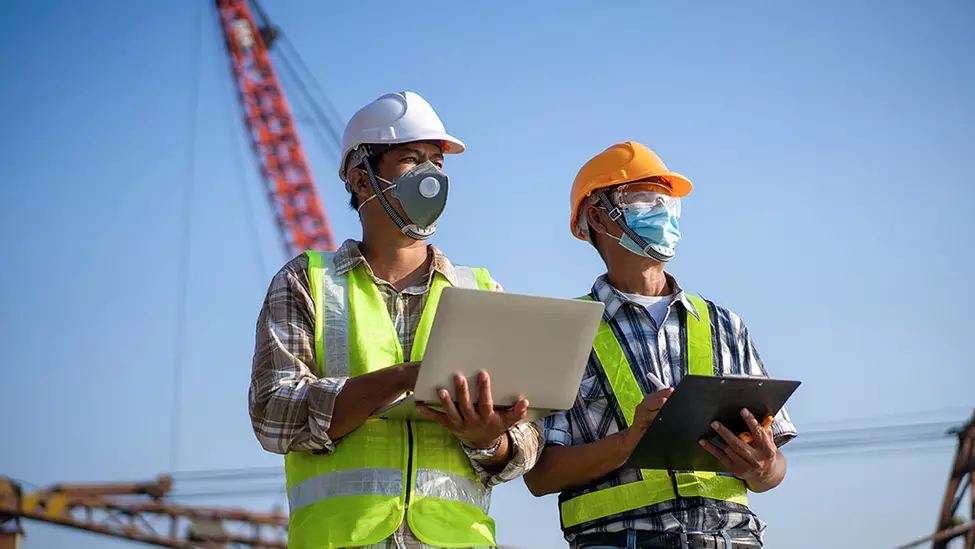Employee Safety Risks to Mitigate When Constructing High-Tech Manufacturing Facilities
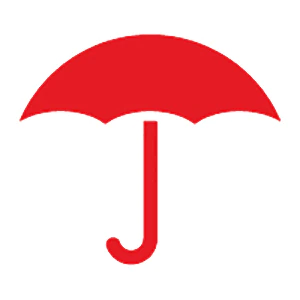
(DESCRIPTION)
The Travelers red umbrella logo appears. Text: Injury Risk: Construction for High-Tech Manufacturing Facilities. Hard Hats and High Tech. Red car bodies move down a factory assembly line. A robotic arm lifts a solar cell.
(SPEECH)
ALLISON SEIJO: Building facilities and installing the sophisticated machinery necessary to manufacture products like electric vehicles, renewable energy components or advanced semiconductors requires specialized expertise.
(DESCRIPTION)
In a side-by-side, a woman speaks and computer chips move on a conveyor. A man gives a presentation in a conference room, gesturing to a 3D rendering of a building.
(SPEECH)
Furthermore, complex coordination of specialized designs, materials, equipment and people can take place on aggressive schedules.
(DESCRIPTION)
A complex machine with tubing and wires rolls along a factory floor. A woman in a blazer and a man in a high-vis vest look over two computer monitors. Text: Allison Seijo, Risk Control for Construction, Travelers.
(SPEECH)
The unique demands of constructing facilities for high-tech manufacturing can present additional injury risks to workers that can impact the cost and success of the overall project.
(DESCRIPTION)
Text: Worker Shortages and Worker Safety. A man operates an excavator. The arm of an excavator swings away from the bed of a truck.
(SPEECH)
The ongoing shortage of available construction workers presents a key challenge, with many contractors reporting difficulty filling open positions. Contractors may have to use less experienced workers, which can create more exposure to jobsite injuries.
(DESCRIPTION)
Text: Using less experienced workers can increase the chance of jobsite injuries. Heights Work and Heavy Machines. Fans spin in an HVAC system on a factory roof.
(SPEECH)
Installation of robust mechanical systems and ceilings may be required for clean rooms, semiconductor processing tools and robotic assembly lines. This may require employees to work at heights.
(DESCRIPTION)
Text: Working at heights can result in falls or crushing injuries. A man climbs metal scaffolding. A crane lifts a box on a pallet.
(SPEECH)
Positioning heavy machinery in these situations poses the risks of falls and crushing injuries.
(DESCRIPTION)
Text: Industrial Hygiene and Inhalation Hazards. A person in a PPE suit puts on a respirator and goggles.
(SPEECH)
Another risk that comes with constructing these facilities is prolonged exposures to solvents, adhesives and gases that may be required for these types of projects.
(DESCRIPTION)
The worker carries their respirator through a jobsite. An X-ray shows a person's ribs and lungs. Text: Exposure to hazardous materials can affect workers' health.
(SPEECH)
These exposures may present industrial hygiene risks. Workers may also be at risk of inhaling hazardous dust or particulates from drilling, cutting and grinding of materials.
(DESCRIPTION)
Reddish brown clouds appear on the X-ray, followed by gray-green splotches. One worker sands a wall while wearing a mask. Another grinds metal. Text: Musculoskeletal Injuries and Movement Concerns. A man in a hard hat holds a level to the edge of a glossy white ledge.
(SPEECH)
During the building or installation process, workers may need to perform tasks in confined spaces such as utility tunnels, equipment rooms and crawl spaces.
(DESCRIPTION)
Text: Working in small, restrictive spaces can lead to musculoskeletal injuries.
(SPEECH)
Awkward postures and restricted or repetitive movement may increase the risk of soft tissue injuries, which can result in lost time from work for an employee.
(DESCRIPTION)
Six images depict different joints and bones of the human body glowing red. They include the elbow, spine, wrist and knee. In another image, the hip joint glows red. Text: Experience and Expertise. A man and woman in hard hats and high-vis vests chat over a tablet.
(SPEECH)
Travelers construction risk control specialists are well versed in the nuances of constructing facilities for high-tech manufacturing. They can conduct jobsite surveys focused on mitigating risks found on specialized builds.
(DESCRIPTION)
Three people in hard hats meet. Two of them shake hands. Text: Risk Control specialists survey jobsites, providing recommendations for safety strategies. Areas of focus: Jobsite safety. Industrial hygiene. Ergonomics. Safety leadership training. A person pushes a large grinder blade under a step.
(SPEECH)
Our industrial hygiene laboratory can help customers assess exposures to harmful environments to help them develop prevention and mitigation plans. Our ergonomist can provide AI-assisted ergonomic assessments and offer impactful recommendations to help reduce worker injury risk.
(DESCRIPTION)
A crew in high yellow boots pours concrete into rebar.
(SPEECH)
Plus, our supervisor safety leadership development training helps facilitate a culture of safety.
To learn more about how travelers supports the construction of facilities for high-tech manufacturing, talk to your independent agent or visit travelers dot com slash construction.
(DESCRIPTION)
Logo: Travelers. Text: Talk to your independent agent or visit travelers dot com slash construction. © 2025 The Travelers Indemnity Company. All rights reserved. Travelers and the Travelers Umbrella logo are registered trademarks of The Travelers Indemnity Company in the U.S. and other countries.
Contractors looking to capitalize on the U.S. high-tech manufacturing boom must manage a variety of job site safety challenges unique to constructing the facilities in which products like smartphones, solar panels, semiconductors and other advanced technologies are made. Working at heights and in confined spaces; operating complex machinery and handling sensitive materials; managing large teams of specialized laborers over massive sites – proactive mitigation of these and other risks can help ensure that high-tech builds are delivered safely and successfully.
The common job site safety hazards on high-tech manufacturing builds.
Working in confined spaces
Workers on high-tech builds often find themselves in tight, confined spaces that are designed to house equipment and wiring but not people. Atmospheric conditions in these areas may have limited oxygen or be toxic due to decreased airflow or off-gassing from nearby materials and processes, which may increase the risk of suffocation, poisoning and respiratory issues. They may also be more vulnerable to fire, explosion, electrical shock, engulfment, cave-in and extreme-temperature hazards. Furthermore, enclosed spaces can be difficult to move around in and escape from in an emergency. This can take a physical and psychological toll on workers.
Retrofitting or expanding existing facilities
Many high-tech builds involve adaptive reuse of older buildings or expansion of existing manufacturing facilities. Demolition and construction on such projects can expose workers to a variety of hidden dangers. Older buildings may contain hazardous materials, like asbestos, lead and other contaminants, which may cause serious health problems if inhaled or ingested. Hidden structural issues can pose collapse hazards. Outdated, damaged or improperly labeled electrical wiring and systems may increase the risk of electrical shock. Biological irritants, like mold, or hazardous chemicals and materials from the building’s past use may also be present. Working on operational facilities requires extra care and consideration to keep employees and existing infrastructure safe during construction.
Employees and equipment operating at heights
Constructing high-tech facilities often involves working on elevated platforms or scaffolding and operating complex machinery to complete tasks at heights. Both can significantly increase the risk of falls and accidents. Hazards that even at ground level may result in serious injury – slipping on a wet surface, tripping over obstacles or simply losing one’s balance – become particularly dangerous at heights. Complex lifting requirements on high-tech builds add risks specific to the use of cranes and specialized rigging equipment. These can include damage caused by dropping heavy materials from heights to injuries caused by improper equipment operation or malfunction. These operations may also expose workers to pinch points and struck-by hazards.
Hot work and high-voltage demands
The complex, higher energy demands of high-tech buildings can make the structures vulnerable to electrical and fire hazards, particularly on jobs that involve retrofitting or expanding existing facilities. High-voltage work on main power sources and existing electrical infrastructure can cause electrical shock, electrocution or explosion. The high volume of hot work often required on these jobs may also increase burn, smoke inhalation and fire risks. Though common to many construction projects, injuries or damage related to electrical anomalies like faulty wiring, equipment malfunctions, overloading capacity, improper grounding, bonding deficiencies, or welding, cutting, brazing and other flame- or spark-producing activities may be amplified on projects of this scale.
Labor management challenges
High-tech construction projects demand expertise and skilled labor that remain in short supply. Any inability to find workers trained in the unique techniques, equipment and materials required for high-tech builds can increase job site safety risks. Coordinating large, specialized labor forces and complex, interdependent construction activities over massive worksites can also make it more difficult to establish and maintain clear lines of communication and oversight between team members. These and other workforce management challenges may compromise employee safety efforts.
Proactive risk management can help create a safer work environment.
Prioritizing job site safety is critical on any construction project but particularly those of the size and scale of high-tech builds. Normalizing strategic risk mitigation tactics can help reduce the impact of job site accidents and injuries.
- Address potential exposures and mitigation strategies in all aspects of project planning, from design to delivery.
- Select laborers and subcontractors carefully, hiring only those who have the specific experience, qualifications and training required for your project.
- Minimize employee involvement in moving and lifting materials by strategically planning where materials and equipment will be delivered and stored on the job site or utilizing technologies to assist in handling heavy objects whenever possible.
- Ensure that all necessary special licenses and permits are in place, particularly for millwrights and electrical contractors.
- Create detailed lift plans in the event of crane operations, addressing weight calculations, rigging requirements and safe operating procedures.
- Practice proactive industrial hygiene to anticipate, evaluate and help control workplace conditions likely to cause injury or illness to workers.
- Consider safety technology like wearables, drones, augmented or virtual reality and safety inspection software to help identify and mitigate potential hazards.
- Establish and follow rigorous safety controls, including regularly inspecting and maintaining machinery, materials and work environments and using third parties to test and validate working conditions and operations for safety compliance.
- Monitor teams and subcontractors diligently to ensure compliance with safety protocols throughout the project.
- Keep and retain records for the full statute of repose, including material safety data sheets, equipment safe operating manuals, all testing and quality control procedures followed, and evidence of adherence to safety protocols and standards.
Work with an insurance provider that will help businesses keep employees and job sites safe.
Travelers’ industry-leading risk control tools and specialists can help businesses manage job site risks. When accidents happen, Travelers’ Workers Compensation and General Liability policies can provide critical coverage. With a dedicated construction claim investigations team, forensics lab and ergonomics consulting services, Travelers has a holistic and collaborative approach that helps construction firms safeguard workers and their businesses from the potentially devastating impact of safety-related incidents on high-tech builds and other projects.
To learn more about Travelers innovative insurance and risk management solutions for construction companies, contact your agent or a Travelers representative today.
